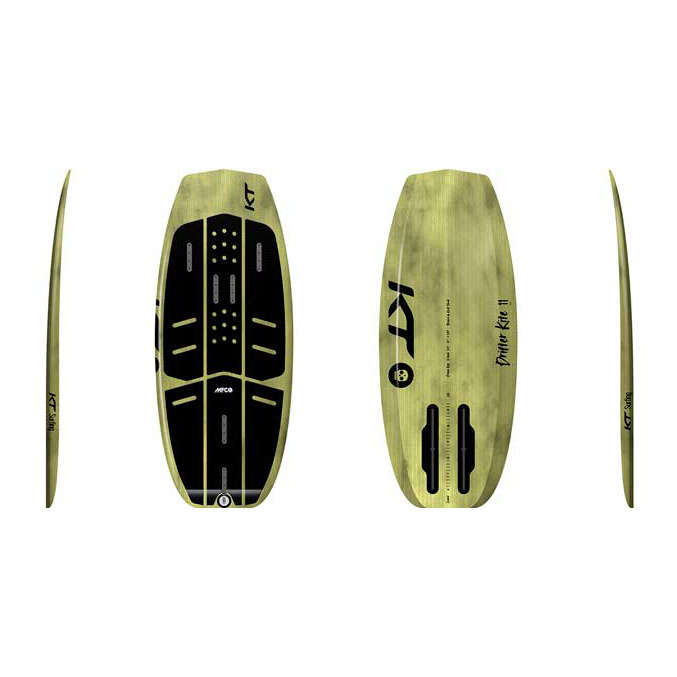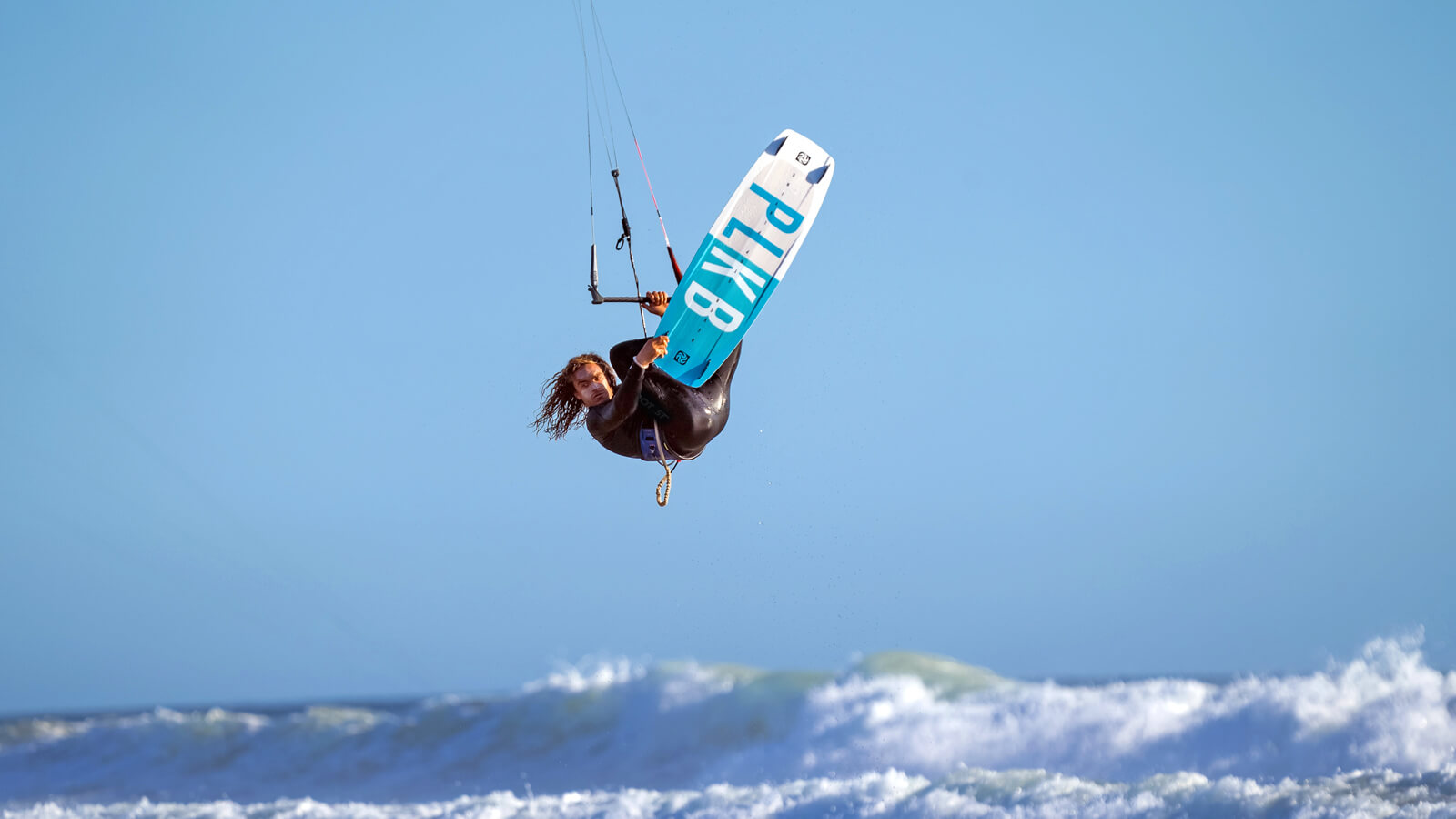Kitesurfing and Kite Foiling Gear Guide
Welcome to the definitive guide for optimizing your kitesurfing and kite foiling gear to match your personal style, body size, and the environmental conditions of each session. The ideal mix of kite size, board specifications, control bar dimensions, and foil properties is crucial for enhancing your experience and ensuring maximum pleasure on the water.
- Freeride: This style is all about versatility and comfort, suitable for a wide range of conditions and kitesurfers of all skill levels. The gear setup is usually a happy medium that offers good control, stability, and the ability to perform a mix of basic freestyle moves and cruising.
- Freestyle: Geared towards riders who enjoy performing tricks and jumps, this dynamic style requires kites that offer quick maneuverability and boards that provide the pop necessary for aerial maneuvers. The gear is responsive and allows for a high level of technicality and advanced moves.
- Wave Riding: As the name implies, this style is akin to surfing but with a kite. It involves riding and carving waves using kites that turn quickly and provide the power needed to stay on the wave’s face. Directional boards similar to surfboards are used, and they offer good wave-riding characteristics.
Big Air: Adrenaline-fueled and spectacular, this style focuses on jumping as high and as long as possible. Kites with good lift and hangtime paired with bigger boards are preferred to achieve the maximum altitude and airtime. - Kite Foiling: Combining racing or freeriding with the addition of a hydrofoil, this style lifts the board above the water’s surface, reducing drag and allowing for faster riding speeds and the ability to sail in lighter wind conditions. It requires precision and balances as riders glide above the water on the foil.
- Light Wind Riding: This style is aimed at making the most out of conditions with minimal wind. It involves large kites that maximize the lift and boards with more surface area to help stay afloat and moving even when the breeze is barely there.
- Race: Racing kitesurfers prioritize speed and efficiency. Their gear includes boards that slice through the water with minimal drag and kites that produce consistent power for reaching top speeds on the racecourse. It’s a discipline that often involves tactical sailing similar to traditional sailboat racing.

Kite Size Chart Based on Rider Weight and Wind Strength
| Rider Weight | Light Wind (8-12 knots) | Moderate Wind (15-22 knots) | Strong Wind (23+ knots) |
| 60 kg | 11 sqm | 10 sqm | 7 sqm |
| 75 kg | 13 sqm | 11 sqm | 9 sqm |
| 90 kg | 15 sqm | 12 sqm | 11 sqm |
| 105 kg | 17 sqm | 13 sqm | 13 sqm |
*Note: This serves as a general guideline. Additional factors such as kite model and rider skill level should be considered.
Board and Hydrofoil Specifications
Twin-Tip Board Sizing:
- Length: 130-150 cm
- Width: 38 cm (High wind) to 46 cm (Light wind)
Directional Board Sizing:
- Length: Shortboards (~5’6″) for quick handling; Longboards (~6’1″) for wave stability
Kite Foil Board Volume:
- Beginner to Intermediate: 30-60 liters
- Advanced: 10-25 liters
Hydrofoil Board Sizing:
- Beginners: Larger, forgiving boards
- Advanced: Smaller, maneuverable boards

Hydrofoil Characteristics:
- Beginners: Foils with lower-speed lift and increased stability
- Advanced: High-speed, agile foils
Harness Fitting and Control Bar Configuration
Harness Sizing:
- Sizes available from XS to XL for all-day comfort and reliability.
Control Bar Length Compatibility:
- ≤ 9 sqm kites: 40-45 cm bars
- 10-14 sqm kites: 45-50 cm bars
- ≥ 15 sqm kites: 50-60 cm bars
Line Length Selection:
- Beginner/Light Wind: Line lengths of 20-27 meters for additional benefits
- General Riding: Custom line lengths based on personal preference and riding style

For expert guidance and tailored advice on your kitesurfing or kite foiling gear selection, please reach out to us for assistance. Our dedication is to ensure you have the best equipment for a phenomenal time on the water.
